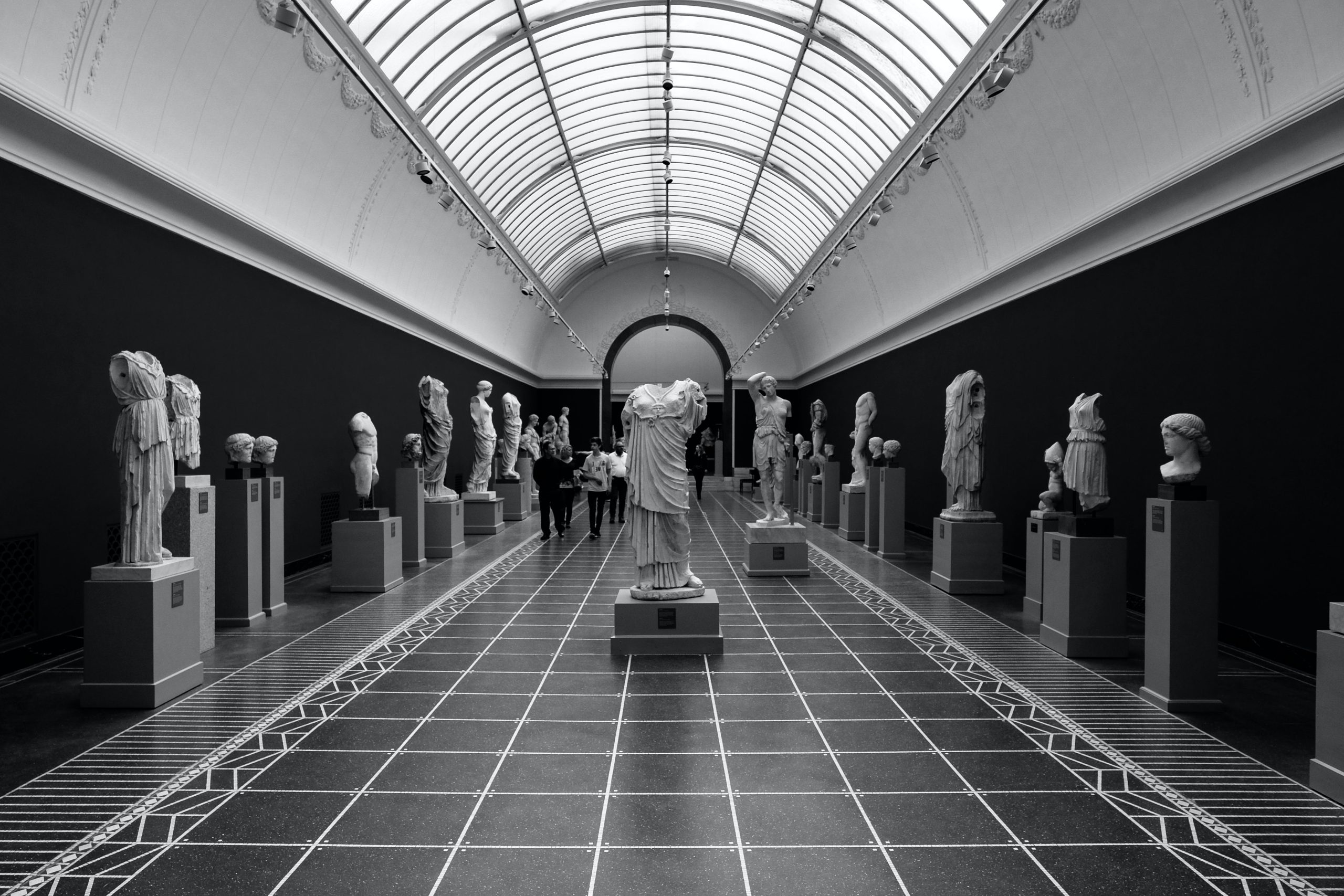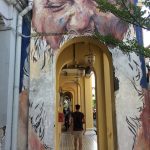Art, an eternal representation of our innermost feelings, has the capacity to elicit a broad spectrum of sentiments, from happiness to hopelessness. Well-established art critic Jordan M. Smith profoundly states, ” Art is more then a visual experience; its an emotional dialogue. The depth of a piece’s impact lies in its ability to resonate with our sense , creating a bound that transcends time and place”. Art used to be exclusive to the old ritual; an afternoon out, a simple trip to a museum or a local gallery, where hours can be spent browsing and appreciating works of artists that you’ve never heard of before. Now the evolution of art accessibility, has reached the burst of social media platforms, that seem to amplify the reach. Art has become a universal language that speaks to hearts of individuals across the globe.
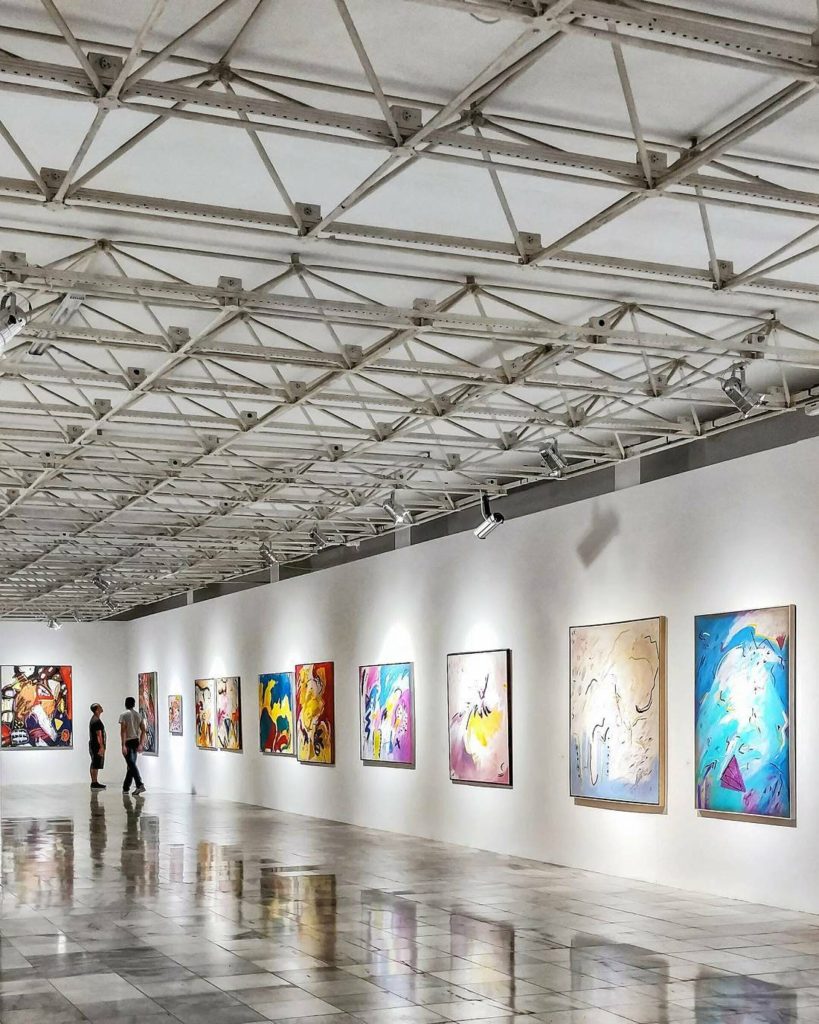
The Evolution of Art Accessibility Through Social Media
The contribution of social media in democratizing art has been revolutionary, altering the very fundamentals of how we view, create, and share such expressions. This burst in technological development reshaped the way we perceive art, allowing artists to share their creativity instantly with a global audience. Platforms such as Instagram evolving into virtual art galleries, enabling artists to effortlessly update their portfolios, whereas TIKTok has grown as a hotspot for artistic innovation and viral art trends. Thus these platforms extend the realm of art beyond traditional galleries and museums, functioning as global canvas for a divers range of artistic expression.
The evolution of art accessibility through social media has put the traditional gatekeeper approach in the industry to the test. Art now thrives in the virtual world, thus, unrestricted to the elite and prestigious spaces, reaching people from all backgrounds. They can experience and even purchase art without needing to visit physical galleries. This democratization reinforces a worldwide art community, allowing artists to affiliate internationally and get input from a varied range of audiences. Due to the efficiency of viral sharing on these platforms, undiscovered artists have gained instant recognition, transforming local underground artists into international icons.
Social media has given rise to new art styles such as “instagrammable” art, which features bold colors and immersive qualities suited for digital sharing. TIKTok, with its short-form, video-centric nature, has similarly pushed new types of art. User-generated art breaks down traditional barriers between artists and audiences, enabling individuals to engage freely with the worldwide art movement. Social media liberated art from traditional conventions; paving the way for a more inclusive and dynamic art sphere.
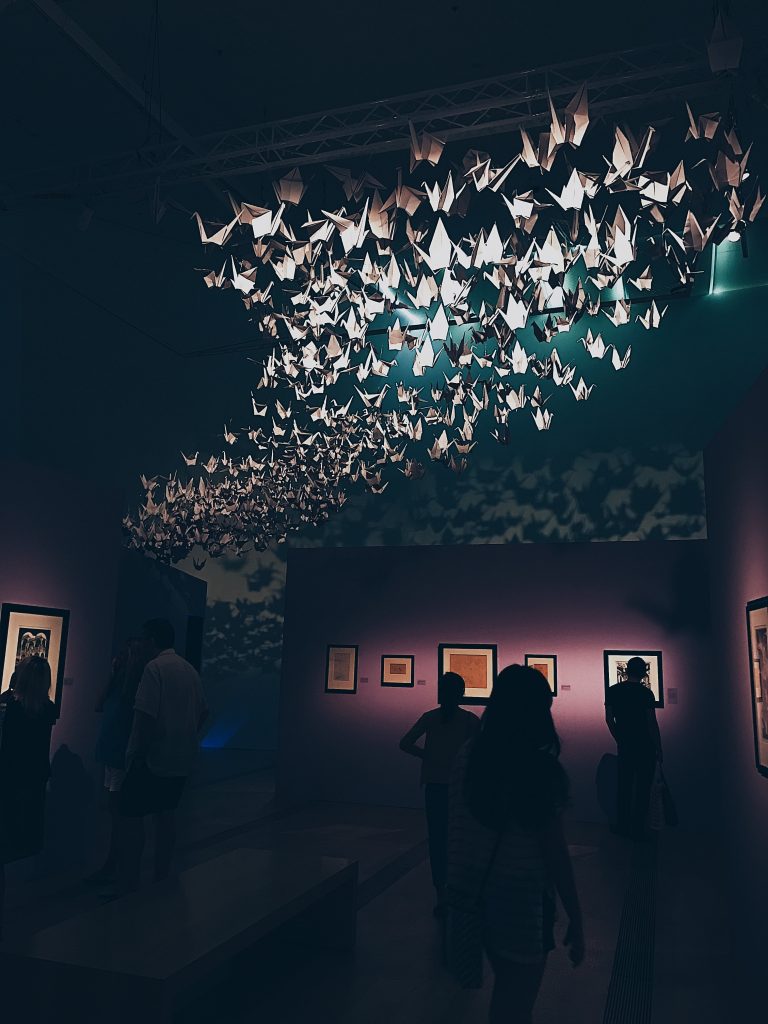
Rising Concerns and Theories About The Digital Transition Of Art
Purest and idealists raise concerns, seeking whether this transition truly steers the art sector towards optimal ends. Their doubts stem from the notion that, while art imitates life, life increasingly orbits around social media; that in it self is not free from errors and anomalies, and possibly jeopardizing the foundations of art. theories and observations emphasize numerous features of this transition:
Digital Dictation of Art and Life: The widespread usage of social media has entangled with art’s potential to genuinely reflect and influence society. While this integration liberates art, it also raises concerns about censorship and blurs the boundaries between art and other categories.
Social Sharing And Art-Selfies Phenomenon: The art-selfie’s rise swings between narcissism and promotion. Many museum-goers, according to observers, are more concerned with recording art on their smartphones for social sharing rather then absorbing it firsthand, raising controversy about the authenticity of involvement and appreciation in the digital age.
Transformation Into Commercialization: Social media is transforming street art into a tool for business advertising. businesses are exploiting virtually located murals for branding purposes. deviating from the original political and social philosophy of street art.
Impact on Art World Values: These new forms and habits of interaction with art highlight the enormous effect of social media. while certain trends might promote commercialization, thus damaging the value system of art, others may foster new connections and inspiring experiences.
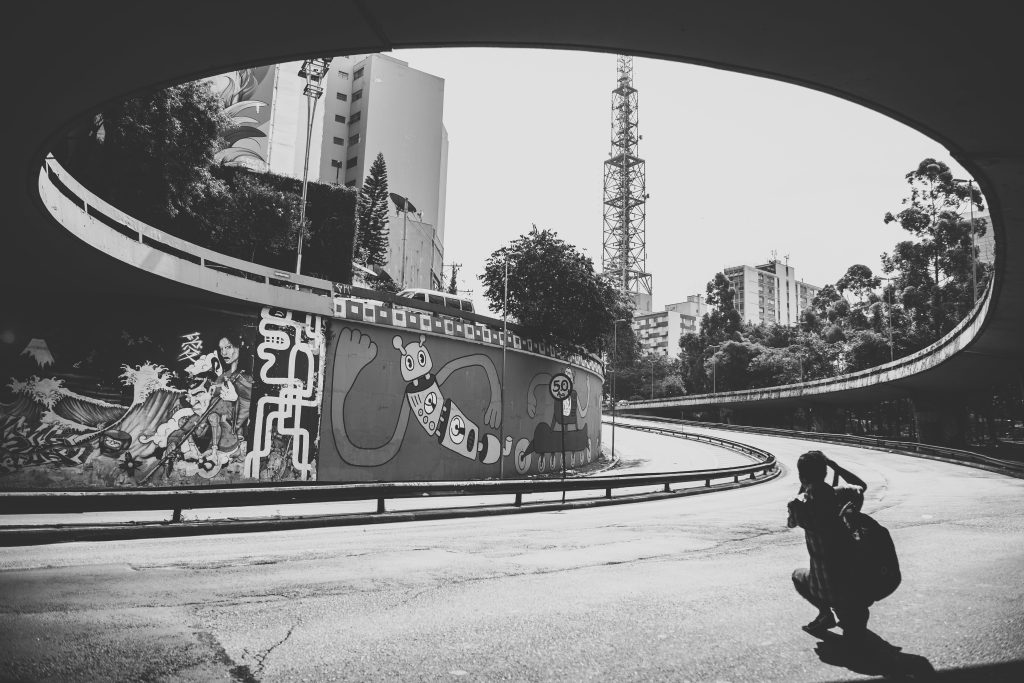
The Rise of Amateur Art Critic
The emergence of amateur art critic is a phenomenon remolding the landscape of art criticism. Art critique, which was once exclusive to the knowledgeable elites, is now thriving on platforms such as Instagram and Twitter, where anybody may wield a critic’s pen. this democratization enables immediate responses, driving artists to worldwide recognition. different platforms appeal to different features of this discourse: Instagram promotes visual imagery, Twitter for concise feedback and public opinion, TIKTok allows artists to exhibit processes and rapid critiques.

